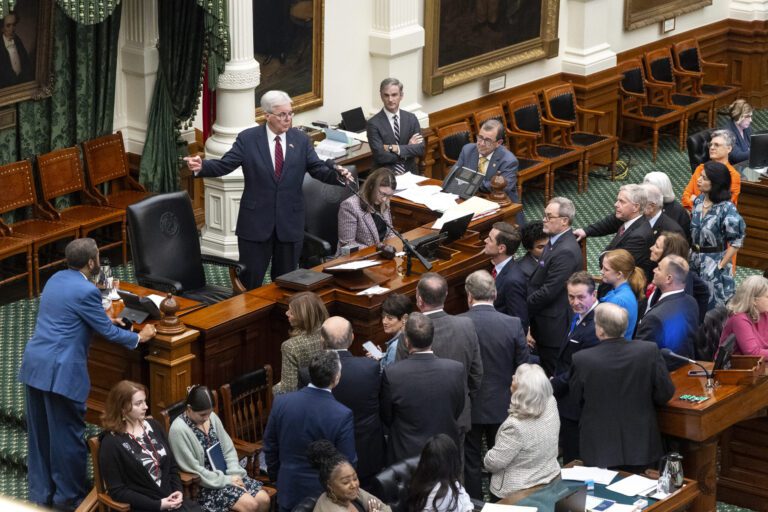Texas Redistricting: Governor Abbott’s Support for New Congressional Map
Governor Greg Abbott is poised to ratify a significant redistricting plan in Texas that aims to enhance Republican representation in the upcoming midterm elections. This move, which has drawn attention nationwide, is part of a larger trend of contentious redistricting efforts following the U.S. Census.
Key Highlights of the New Congressional Map
- Swift Legislation: Governor Abbott pledged to “swiftly” sign the newly approved congressional map into law shortly after the Texas Senate’s late-night vote.
- Political Strategy: The redistricting intends to flip five congressional seats from Democratic to Republican control ahead of the 2022 midterms.
- Abbott’s Praise: Referring to the map as “One Big Beautiful Map,” Abbott expressed his gratitude to Lieutenant Governor Dan Patrick for spearheading the Senate vote aimed at mirroring the voting preferences of Texans.
Context of the Redistricting
The Texas Senate’s decision came amid heightened political activity in California, where Democratic lawmakers proposed their own agenda to counteract Texas’ moves.
- California’s Response: California Governor Gavin Newsom has advocated for a special election that may cost up to $250 million, with the aim of flipping five seats from Republicans back to Democrats. Currently, California has 52 congressional representatives, of which only nine are Republicans, while Texas features a Republican majority with 25 out of 37 seats.
National Implications
The redistricting efforts are taking place against a backdrop of Republican concerns, particularly voiced by former President Donald Trump. He has urged Republican governors nationwide to undertake redistricting initiatives to safeguard party control in Congress.
- Potential Shifts in Power: Historically, the ruling party in the White House tends to lose congressional seats during midterms. With Democrats only three seats away from a majority, redistricting becomes a strategic imperative.
Upcoming Challenges and Changes
As Texas continues its redistricting, other states are expected to follow suit:
-
Missouri’s Involvement: The state is gearing up for its redistricting process as indicated by Trump’s endorsement. The strategy may involve redesigning a deeply Democratic district around Kansas City to increase Republican representation.
- Ohio and Indiana Moves: Ohio Republicans are also preparing to redraw their congressional maps, and the Trump administration is encouraging Indiana’s GOP to adopt similar tactics.
A Larger Pattern of Partisan Redistricting
The recent legal landscape allows for more aggressive redistricting tactics, especially since the U.S. Supreme Court’s 2019 ruling that did not prohibit gerrymandering. This has led to discussions in Democrat-controlled states like Maryland and New York considering their own redistricting plans to secure more seats for the party.
Conclusion
The upcoming midterm elections in 2022 will be significantly influenced by these redistricting efforts, particularly in states like Texas and California. The struggle between Republican and Democratic states highlights the importance of mapping strategies in pursuing electoral advantages. As redistricting unfolds, the potential for shifts in power dynamics remains high.
For further insights on gerrymandering and electoral strategies, visit Ballotpedia’s Redistricting Overview and NPR’s Analysis on Redistricting.


